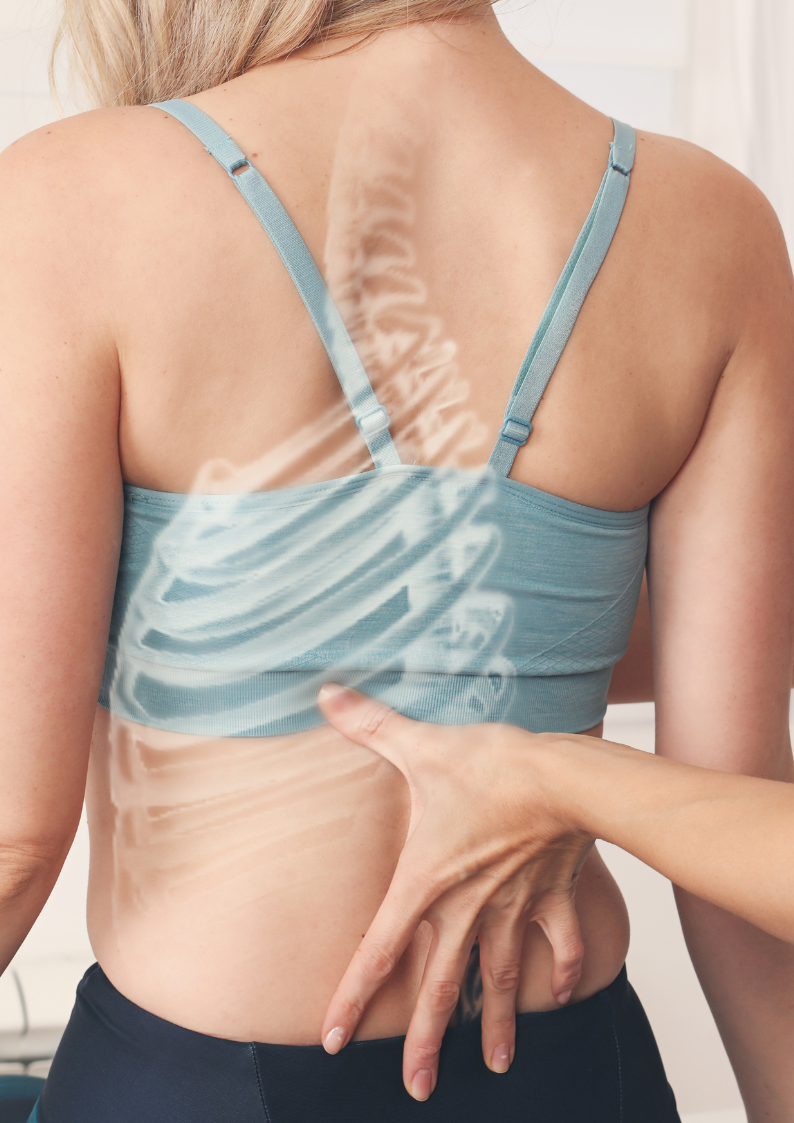B3 Academy
Live: Scoliosis Workshop
Live: Scoliosis Workshop
Couldn't load pickup availability
Duration: 2 hours
Date: Saturday, 19th of October 2024
Time: 09:30 - 11:30
Location: 54 Regent Road, Studio 7, Sea Point
Scoliosis and the spine: Understanding the influence of fascia on curvatures and rotational imbalances of the spine and body.
This workshop provides a comprehensive exploration of the relationship between fascia and scoliosis. The course begins with an introduction to the interconnectedness of the body's myofascial lines and their role in scoliosis. We study the impact of fascia on scoliosis, examining how fascial imbalances can contribute to the condition.
The course also offers an in-depth understanding of scoliosis itself, including body alignment and myofascial compensation. The importance of clinical evidence is highlighted to support the concepts discussed. The B3 application section of the course focuses on practical considerations for working with scoliosis, providing an assessment protocol and guidance for body reading specific to scoliosis. Participants will gain insights into the deep spinal muscles involved in scoliosis and the symptoms associated with the condition. Furthermore, the course explores the relationship between the lateral line and scoliosis through body reading techniques. Finally, the functional line in scoliosis is examined, offering a comprehensive understanding of patterns and origins of scoliosis.
The workshop explores the influence of myofascial lines and interconnectedness on scoliosis, postural compensations, and dysfunctional movement patterns. It emphasizes the importance of recognizing imbalances along the whole kinetic chain rather than focusing solely on alleviating symptoms. The workshop covers different myofascial lines, such as the superficial back line, superficial front line, and lateral line, explaining how they respond to various stimuli and contribute to scoliosis. The concept of functional myofascial lines is introduced, highlighting their role in connecting arms to opposite legs and transmitting forces across the body's midline.
The workshop emphasises the B3 law of releasing overactive myofascia and activating under-active muscles when addressing imbalances. It also explores the sensory-motor changes and immediate responses triggered by B3 pulses.
Additionally, the workshop delves into the role of fascia in scoliosis, discussing how asymmetrical tension and alignment imbalances can lead to spinal curvatures. It distinguishes between structural and functional scoliosis, highlighting the potential for B3 interventions to positively impact both types. The workshop also examines body alignment, myofascial compensation, and the impact of scoliosis on breathing and physiology.
Finally, it discusses the clinical evidence base, comparing surgery and manual therapy approaches in scoliosis treatment. Overall, the workshop provides participants with a comprehensive understanding of the relationship between fascia and scoliosis and offers practical insights for working with clients experiencing this condition.
Join us!




